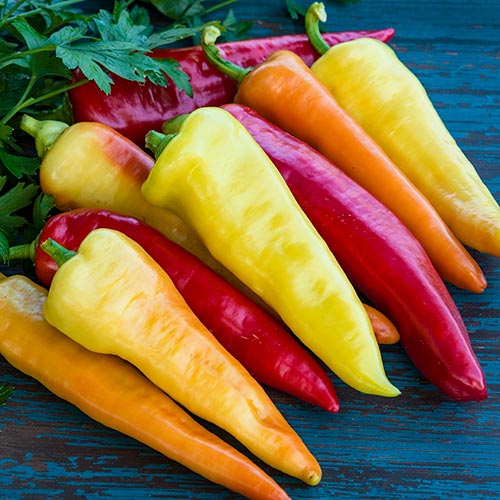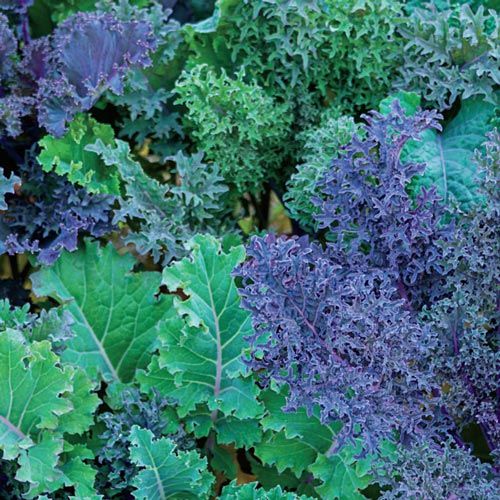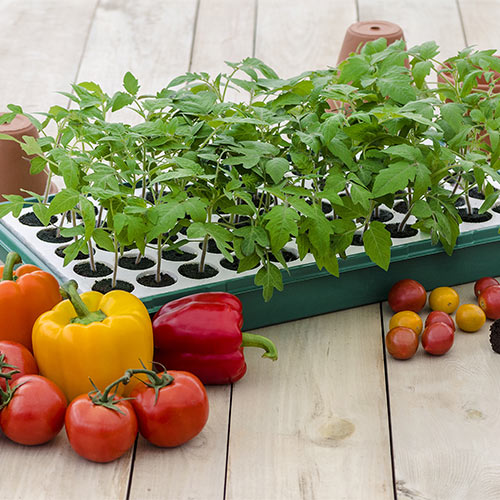You’ve your seeds sprout, grow true leaves and get taller. In your controlled environment, your seedlings have enjoyed a relatively stress-free life, protected from the heat, cold, wind and rain. Without elemental exposure, your little seedlings lack the hardiness to be successfully transplanted; but you can change all that by starting the hardening-off process on your own.
Tag: vegetable
Eat Your Greens: Early Spring Veggies
You likely heard it from your mother when you were a child: “Eat your greens! They’re good for you!” At the time, you probably tried to hide your greens under the mashed potatoes or scrape them off the plate and onto the floor in hopes the dog would eat them. But if only we listened to our parents!
Sowing Your Own Seeds – Part III
Now that the plant has sprouted and gone through the food supply provided by the seed itself, you’re responsible for feeding the burgeoning baby plant. You should feed your seedlings one-quarter strength plant food. If the solution is too strong, it will burn the baby plant. Use room temperature water when you are watering your plant.
Sowing Your Own Seeds – Part II
To sprout, most seeds prefer a temperature between 70 and 85 degrees (for specific temperatures, see the back of your seed packet). Seeds can be kept in any place that offers warmth. Windowsills can also work, but be sure to check them for drafts that could potentially end your seedling’s short life.
Starting Seeds Outdoors – Direct Sowing
Some varieties of vegetable and flower seeds can be started outdoors. Preparation is an important factor in successful outdoor seed starting. The seed starting site should be in a suitable condition; the soil should be free of weeds, large stones and debris and be broken down as finely as possible to a fine tilth. This can be achieved by forking over the top few inches of soil, then raking it to as crumbly a texture as possible.




